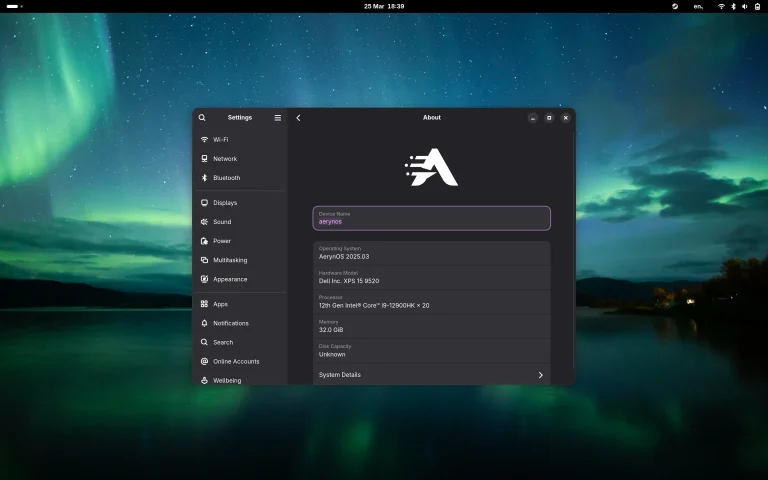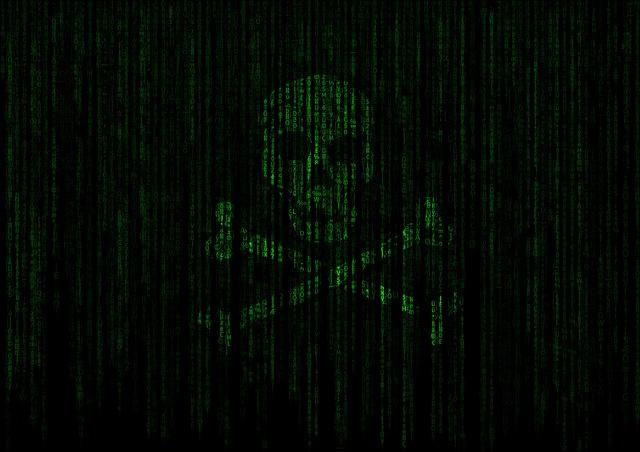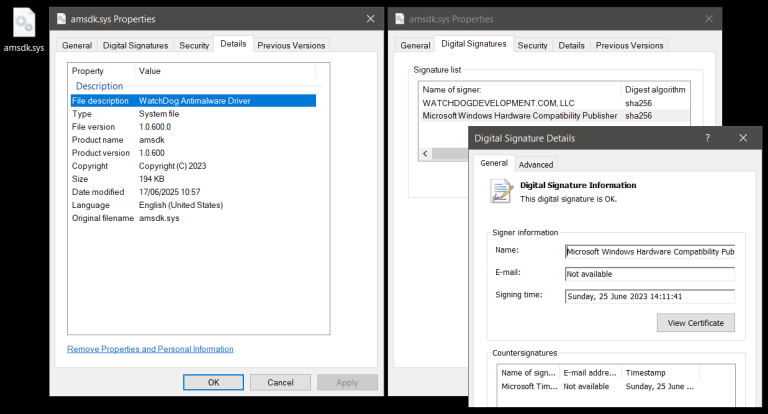
The world we live in is becoming increasingly connected, with more devices and services collecting, storing, and analyzing more data than ever before. However, it can be hard to identify the difference between users with pure intentions and malicious software that could cause harm, thus the need for cybersecurity.
Cybersecurity is the state of taking measures to be protected against unauthorized use of data. Within this framework, there are various tasks defined, and one of those is data collection and analysis. In this article, we will look at everything you need to know about collecting web data to enhance cybersecurity.
The Need for Data Collection for Cybersecurity
Solid and reliable data is the foundation and one of the core components of the first line of defense against potential cybersecurity threats. Every successful security team, from banks and non-governmental organizations to cybersecurity firms, requires complete datasets and relies on various public web-scraping techniques to gain an enhanced visibility and identification advantage for threats in the cybersecurity landscape. This is crucial because:
- Collecting web data allows cybersecurity experts to better understand and prepare for any vulnerabilities that may arise within their infrastructure, as well as in other organizations. This enables them to get ready for any scenario that may arise.
- Data is crucial to countering a host of cybersecurity threats. Public data, in particular, in its simplest form, can be used to automate checks that help cybersecurity experts to identify possible malware, information leaks, phishing links, fraud, and even counterfeiting schemes at their best. This data also comes in handy when carrying out intelligence, security research, and testing on a variety of potential actors, security threats, and outcomes.
- Testing is a crucial task in cybersecurity. Collected web data can be used to test organizational cybersecurity vulnerabilities in networks, applications, routers, appliances, and switches used in the organization. It can also be used to check threat identification and response capabilities so that it can be used against real-life threats and intrusions.
Who Needs Web Data Collection for Cybersecurity?
In cybersecurity, there are three main job roles that require web collection. While they may perform different tasks, these roles use the same tools, procedures, and techniques during the process of web data collection. These roles are;
An Exploitation Analyst
This job description entails identifying potential exploitable avenues in a target network that can be used by various actors to pose significant threats. Their web data collection is mostly aimed at gathering enough useful data about a network, analyzing it while focusing on any weaknesses that may be exploited, and determining whether an attack vector that could take advantage of the weaknesses exists.
Cyber Operator
A cyber operator is almost similar to an exploitation analyst, only that they focus more on the depth rather than the breadth. By depth, we mean that they determine the extent of damage that threats may pose by collecting data from a wide range of sources to enable them to find, track, and have permission to perform exploitation actions if necessary.
Target Network Analyst
This is one of the most crucial roles of data collection. A target network analyst leverages the best technology available to collect data about and track a human target. They mainly use open-source data to build a profile to determine their usual patterns, behaviors, and networks.
How to Collect Web Data for Cybersecurity
1. Fundamentals
The basis of any web data collection is knowing the fundamentals of computer science to be able to collect that data regardless of the location. The endpoints and the network are the main sources of data, so cybersecurity analysts should also be familiar with the main operating systems for when they need to locate and collect useful data. Skills such as setting up monitoring devices, analyzing the data, and knowing what to look for are invaluable to the collection of network data.
2. Collection Requirements
The first step in the web data collection process for cybersecurity is to identify what needs to be collected. This includes identifying gaps in available data, determining what data is needed, and knowing where it could be found. One crucial factor in accomplishing this task is knowing any possible data sources in order to scope and define the collection process.
3. Data Collection
The actual process of collecting the data also requires knowledge of possible sources and leveraging the necessary tools and methods to collect data without introducing artifacts. If you have a website and collect data from your customers, it’s best to follow the guidelines set in Google’s Chrome Privacy Sandbox to provide improved data protection.
4. Preprocessing
Collected data is rarely ever perfect according to the standards required. Before performing any analysis or implementation of the data, it is crucial to reprocess. This allows for the elimination of obvious errors, the identification of collection gaps that need to be filled with accurate data, and repeat data collection to fill them.
The process is delicate, and analysts may benefit from a background in data analysis, as it may require specific tools and techniques to complete.
5. Analysis
At this stage, knowledge of statistical and data-mining tools and techniques is necessary to turn the raw data collected into usable information and intelligence for cybersecurity experts to prove or disprove their hypotheses. Programming and scripting abilities come in handy to perform the analysis at scale, faster, and more efficiently.
Compliance
As an organization seeking help with cybersecurity web data collection, it’s crucial to select a data provider that houses a compliance-driven platform that can be monitored transparently to ensure efficiency. This will ensure that cybersecurity teams have the perfect environment to work in and that the ecosystem of the entire platform isn’t compromised.
A suitable compliance process includes internal procedures such as manual reviews, technological response mechanisms, and automated code-based prevention. Bright Data follows all overall compliance guidelines and abides by international regulations, besides being whitelisted by top security organizations, such as Avast, AVG, McAfee, and Microsoft Defender, which run comprehensive data tests for data vendors.
Bright Data’s know-your-customer-first approach has helped pioneer one of the best, safest, and most ethical non-profit data collection networks focused on fighting malware, botnets, and malicious websites.
Running a digital-first business requires a lot of data. This is especially so in the cybersecurity field, where data collection enhances its all-round capability, from carrying out research to gathering threat intelligence to protect invaluable assets.






